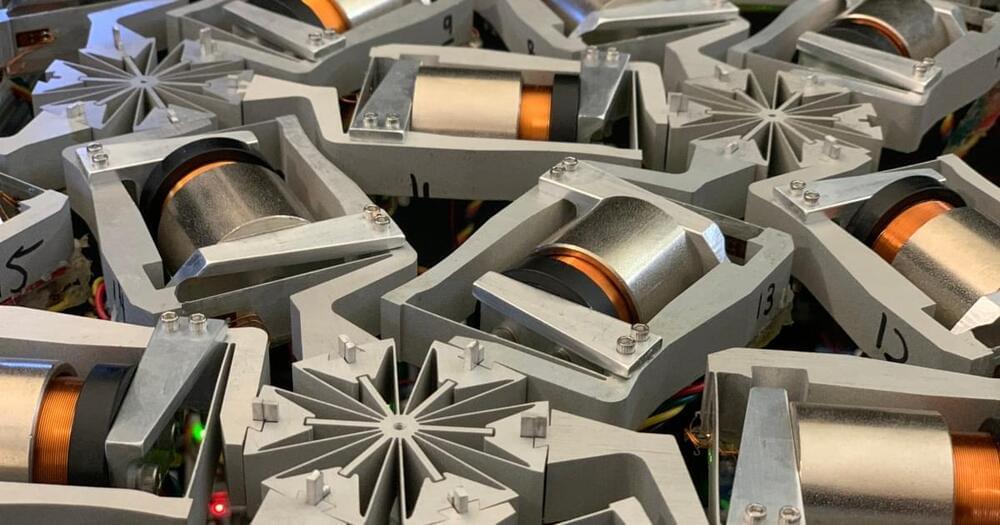Google developed the language model known as Google Bard AI (Bidirectional Encoder Representations from Transformers) to produce high-quality text by anticipating the next word in a given phrase based on context. It is trained on a sizable corpus of text and may be tailored using smaller datasets to produce material in a particular style or domain.
The third version of OpenAI’s language model, GPT-3 (Generative Pretrained Transformer 3), was trained on enormous volumes of text data and is capable of producing text, summarising text, translating text, responding to inquiries, and carrying out a range of other natural language tasks.
Let’s take a look at the top 5 differences between ChatGPT and Google Bard AI.







